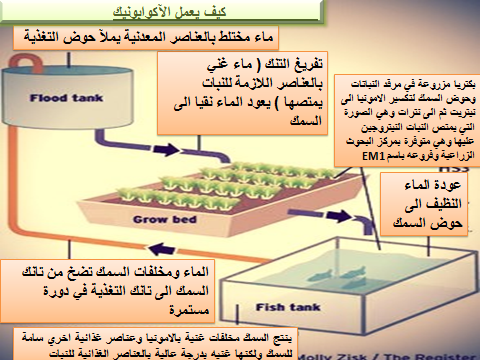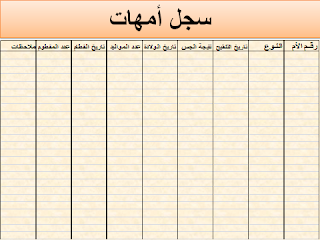برنامج الوقاية البيطرية
للبط
وهو برنامج وقائى لتلافى حدوث أمراض خاصة فى
بداية الحياة الإنتاجية للبط ويتلخص فى الآتي :
من عمر يوم
إلى 7 أيام :
فيتامين (أد3هـ ) بمعدل 0.5 سم3 / لتر ماء شرب إجباري.
كلورامفينيكول بمعدل
1 سم 3 / لتر ماء شرب إجبارى .
فيتامين (هـ)
بمعدل 0.5 جم / لتر ماء شرب حسب الحالة.
فيتامينات (ب + ك + كولين ) بمعدل 0.5 جم / لتر ماء شرب إجبارى.
من عمر أسبوعين إلى ثلاث أسابيع :
فيتامينات
وخاصة ( هـ , ب المركب ) بمعدل 0.5 جم / لتر ماء شرب حسب الحالة.
أملاح معدنية بمعدل 1 جم / لتر ماء شرب حسب الحالة
قص المنقار ( الطرف الأمامى المقوس من الجزء
العلوى.
حقن بالأستربتومايسين مرة واحدة بمعدل 100 ملجم
/ كجم من الوزن الحى.
فيتامين (ك) لمدة يوم واحد بمعدل 0.5 جم / لتر
ماء شرب.
نفريل لمدة يوم واحد بمعدل 1 جم / لتر ماء شرب.
عمر أربعة أسابيع
مضاد كوكسيديا ( بالجرعة
الموصى بها .. حسب تركيز الدواء).
أفلاجين بمعدل
0.5 كجم / طن علف.
فيورالتادون
بمعدل 7 جم / 100 بطة.
فيتامين
( أد3هـ ) بمعدل 0.5 سم3 لتر ماء شرب.
فيتامين
(ب + ك + كولين ) بمعدل 0.5 جم / لتر ماء شرب.
عمر سبع أسابيع
سلفاكينو كسالين بمعدل
200 جم / طن علف.
تونيمكس بمعدل 1 كجم / طن
علف ( 10جم/ 10كجم ) , وذلك لمدة عشرة أيام ثم عشرة أيام بدون ( عليقة خالية من التونيمكس
) ...... وهكذا ,
الجدول التالي يوضح مكونات بعض علائق البط وعليك أخي المربي اختيار
المتاح منها لديك أو ما تنتجه أنت من مزرعتك أو ما يمكنك شراؤه
مع تحياتي
مهندس زارعي حازم محمد اسماعيل
موبايل: 01281245580
يمكننا توريد
افراخ البط عمر يوم – او 21 يوم بالاضافه لتوفير الادويه اللازمة للبرنامج الوقائي
جديد من جلوبال إيجي أجري جوب





















